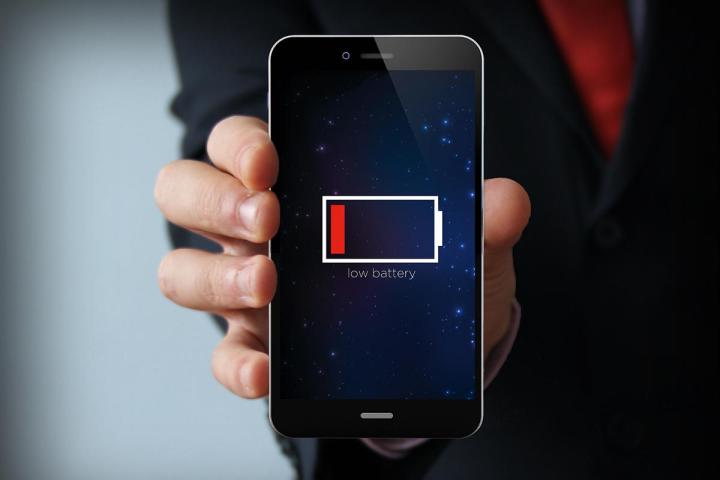
Improved battery efficiency and storage capacity would have a huge impact on everything from solar energy farms to the smartphone you have in your pocket, so it makes sense for Google to be working directly on the technology. The Wall Street Journal says that a small team has been tasked with studying the potential of solid-state and lithium-ion batteries for the future.
Battery technology isn’t an easy nut to crack, though; the batteries inside our gadgets have to stay both safe to use and commercially viable to manufacture. It’s a delicate balancing act that requires some headache-inducing chemistry and physics, which is why so many “super battery” innovations end up falling by the wayside — it takes years of concerted effort just to make small improvements.
Of course there are plenty of people working on the problem. This week scientists at Stanford University unveiled an aluminum battery that can be fully charged in a minute, though the overall battery life is the same as the packs in today’s smartphones.
Google has made no official comment on the report in the WSJ, but it’s reassuring to know the company is on the case — together with Apple, Tesla, and dozens of other teams. With everything from its Glass wearable to its self-driving vehicles heavily reliant on battery power, Google stands a lot to gain from any improvements it can make.
[Header image: Georgemclitte / Shutterstock.com]
